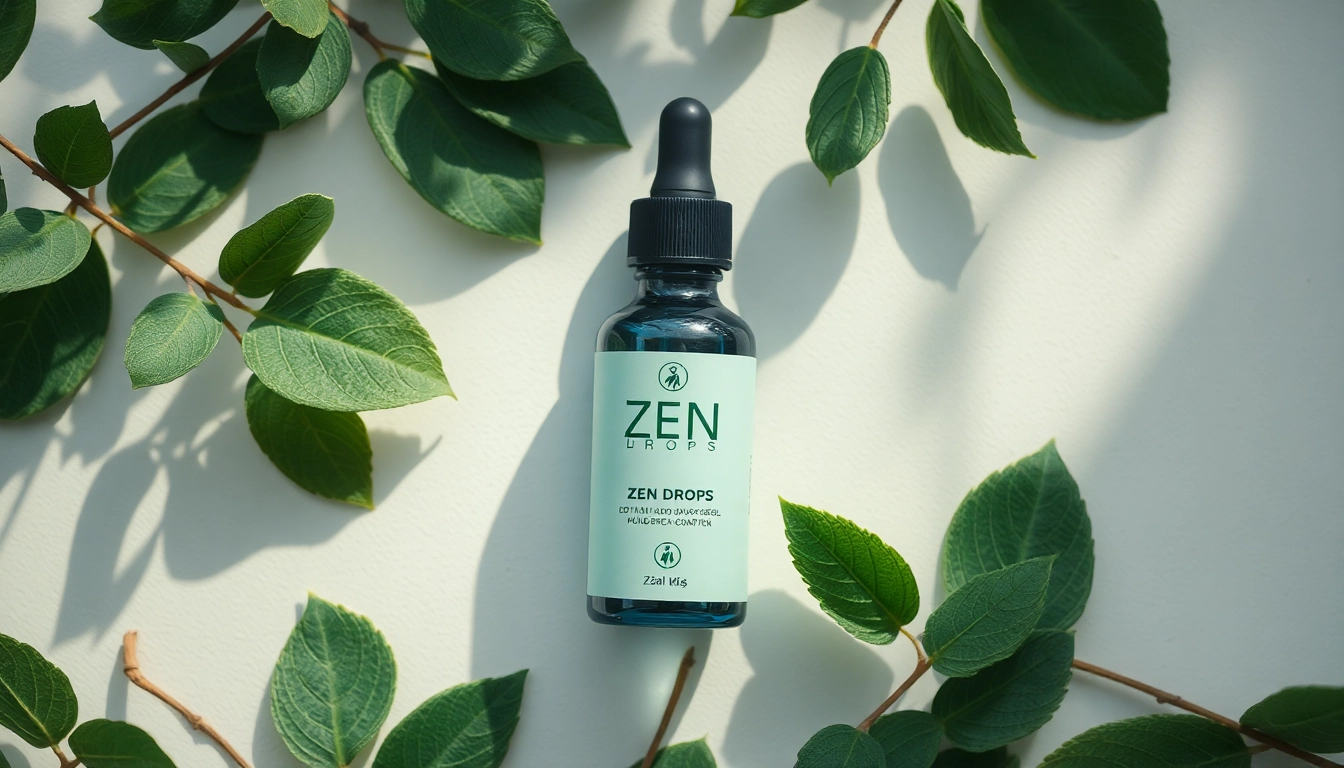1. Introduction to Tear Trough Fillers
The delicate skin under the eyes can often show the first signs of aging, fatigue, or even genetics, leading to hollowness or dark circles. This is where tear trough filler procedures become increasingly popular. These dermal fillers are designed to enhance the area, restoring volume and creating a fresher, more youthful appearance. In this comprehensive article, we will delve deeper into all aspects of tear trough fillers, teaching you what you need to know if you’re considering this treatment.
What are Tear Trough Fillers?
Tear trough fillers are temporary cosmetic enhancements injected into the hollow areas beneath the eyes. These fillers often contain hyaluronic acid, a naturally occurring substance in our skin that helps retain moisture and create volume. The procedure targets the tear trough, a specific indentation that can appear more pronounced with age or fatigue.
By replacing lost volume in this area, tear trough fillers can dramatically improve the appearance of dark circles and hollowness, contributing to a revitalized and awake look. The results typically last between six months to a year, depending on factors such as the type of filler used and an individual’s metabolism.
The Purpose and Benefits of Treatment
The primary purpose of tear trough fillers is to restore lost volume and reduce the appearance of dark circles under the eyes. Some of the key benefits of the treatment include:
- Improved Aesthetic Appearance: Patients often report looking more vibrant and youthful after the procedure.
- Minimal Downtime: Compared to surgical procedures, fillers require little recovery time, allowing patients to return to their daily activities swiftly.
- Non-invasive: The procedure is less invasive compared to options like blepharoplasty (eyelid surgery).
- Customizable: Practitioners can tailor the treatment to each patient’s unique needs and facial structure.
- Immediate Results: Most patients can see noticeable improvements immediately after the treatment, although optimal results may take a few days to fully develop.
Common Misconceptions
As with any cosmetic procedure, several misconceptions surrounding tear trough fillers persist. Here are a few:
- Fillers are only for older individuals: While age can be a factor, younger individuals can also benefit from the treatment due to genetic predisposition to prominent tear troughs.
- The procedure is extremely painful: While some discomfort may occur, topical anesthetic and the use of fine needles minimize pain significantly.
- The results look fake: When done by a professional, the treatment can look incredibly natural, enhancing your features without obvious signs of alteration.
2. The Treatment Process Explained
Consultation: What to Expect
The journey towards receiving tear trough fillers begins with a comprehensive consultation with a qualified practitioner. During this appointment, the practitioner will evaluate your individual needs, discuss your aesthetic goals, and recommend a treatment plan. They may ask about your medical history, current medications, and any allergies. It’s essential to communicate openly and honestly to ensure the safest and most effective results.
During the consultation, the practitioner might also use visual aids or digital imaging to help illustrate potential results, enhancing your understanding of the process.
Procedure Steps for Tear Trough Fillers
Once you’ve settled on a treatment plan, you can expect the following steps during the procedure:
- Preparation: The area around your eyes will be cleaned, and a topical anesthetic may be applied to minimize discomfort.
- Injection: Using a very fine needle or blunt cannula, the practitioner will carefully inject the filler into the tear trough area. This method helps to reduce the risk of bruising and ensures a smoother result.
- Smoothing and Assessment: After the injections, the practitioner will gently massage the area to achieve an even distribution of the filler. This tactile step helps in assessing the achieved results and making necessary adjustments.
- Final Assessment: The practitioner will ensure you are satisfied with your appearance before finalizing the procedure.
Recovery and Aftercare Tips
The recovery period after receiving tear trough fillers is generally short, although patients may experience slight swelling or bruising. Here are some recommended aftercare tips to ensure optimal healing and results:
- Apply Ice Packs: Ice can help reduce swelling. Apply gently for 10-15 minutes at a time.
- Avoid Strenuous Activities: For at least 24 hours post-treatment, avoid intense workouts or strenuous physical activities.
- Stay Upright: Try to keep your head elevated for the first few hours after the procedure to reduce inflammation.
- Skip Certain Products: Avoid makeup and skincare products around the area for 24 hours to prevent irritation or infections.
- Consult if Issues Arise: If you notice any unusual symptoms, don’t hesitate to contact your practitioner.
3. Ideal Candidates for Tear Trough Filling
Signs You May Need Tear Trough Fillers
Identifying signs that you may be an ideal candidate for tear trough fillers can help you make informed decisions. Common indications include:
- Dark Circles: Persistent dark circles can make you look tired or older.
- Hollowness: A noticeable indentation beneath the eyes can contribute to an aged appearance.
- Thinning Skin: As we age, the skin loses elasticity and collagen, making the tear trough more pronounced.
- Genetic Factors: Some individuals have hereditary traits of hollow eyes, regardless of age.
Age and Skin Type Considerations
Tear trough fillers can benefit a range of ages, but typically individuals over 25 begin to see age-related changes. Skin type is another important consideration; those with thin, delicate skin may require special attention to avoid any potential complications or dissatisfaction with results. Individuals with a history of certain skin conditions might need to consult with their doctors before proceeding.
Exclusion Criteria and Safety
Not everyone may be a suitable candidate for tear trough fillers. Safety is paramount, and certain conditions can impact eligibility:
- Pregnancy or breastfeeding
- Autoimmune diseases
- Severe allergies, particularly to hyaluronic acid
- History of keloids or scarring conditions
If you fall under any of these categories, it is crucial to discuss it with your practitioner during your initial consultation.
4. Risks and Side Effects of Tear Trough Fillers
Potential Short-term Reactions
While many people enjoy a smooth and successful experience with tear trough fillers, some may experience side effects. Short-term reactions can include:
- Swelling around the injection site
- Minor bruising
- Redness at the injection location
- Slight discomfort or tenderness
These reactions are usually temporary and resolve within a few days.
Long-term Risks and Management
Though rare, long-term risks may include migration of filler material, lump formations, or in extreme cases, infection or vascular complications. Maintaining open communication with your practitioner and following all aftercare instructions are crucial in minimizing these risks.
If you observe any unusual changes in the treated area in the weeks following your treatment, consult your practitioner immediately to address your concerns and manage them appropriately.
How to Minimize Complications
To reduce the occurrence of complications, the following preventive measures can be beneficial:
- Choose a Qualified Professional: Always seek treatment from licensed and experienced professionals who understand facial anatomy and dermal fillers.
- Discuss Your Health History: Be transparent about your medical history during consultations to identify any potential risks upfront.
- Follow Pre- and Post-Care Instructions: Adhere to all instructions provided, including avoiding blood thinners and certain supplements before your appointment.
5. Comparing Tear Trough Fillers with Other Treatments
Alternatives to Tear Trough Fillers
For those considering non-surgical options for under-eye concerns, there are several alternatives to tear trough fillers, including:
- Fat Transfer: Involves harvesting fat from elsewhere in your body to inject into the under-eye area.
- Chemical Peels: May improve skin texture and reduce pigmentation around the eye area.
- Laser Treatments: Certain laser procedures can stimulate collagen production and improve the appearance of dark circles and texture.
Each treatment option has its advantages and suitability, depending on individual goals and conditions, so a thorough evaluation is necessary.
Cost Considerations
Understanding the costs associated with tear trough fillers is essential for anyone considering this treatment. Prices can vary based on several factors:
- Provider’s Experience: Highly skilled professionals may charge more due to their expertise.
- Geographic Location: Prices may differ based on the region and local demand.
- Type of Filler Used: Some products are more expensive than others, affecting the overall treatment cost.
- Number of Syringes Required: Patients with more pronounced hollows may require multiple syringes for optimal results, increasing costs.
On average, expect to pay between $600 to $1,500 per session, but a detailed quote should be obtained during your consultation.
Choosing the Right Treatment for You
Selecting the appropriate treatment involves a personal assessment of your aesthetic goals, budget, and desired permanence of the solution. Consulting with a board-certified medical professional who specializes in cosmetic procedures can provide tailored advice. Always keep an open mind and prioritize your safety and satisfaction during the decision-making process.
In conclusion, tear trough fillers present a reliable and effective option for those looking to enhance their appearance under the eyes, combat fatigue, and restore their youthful glow. By educating yourself on the procedures, outcomes, and considerations, you can approach your treatment with confidence. Always consult with a qualified practitioner to ensure that your experience is as positive and successful as possible.




